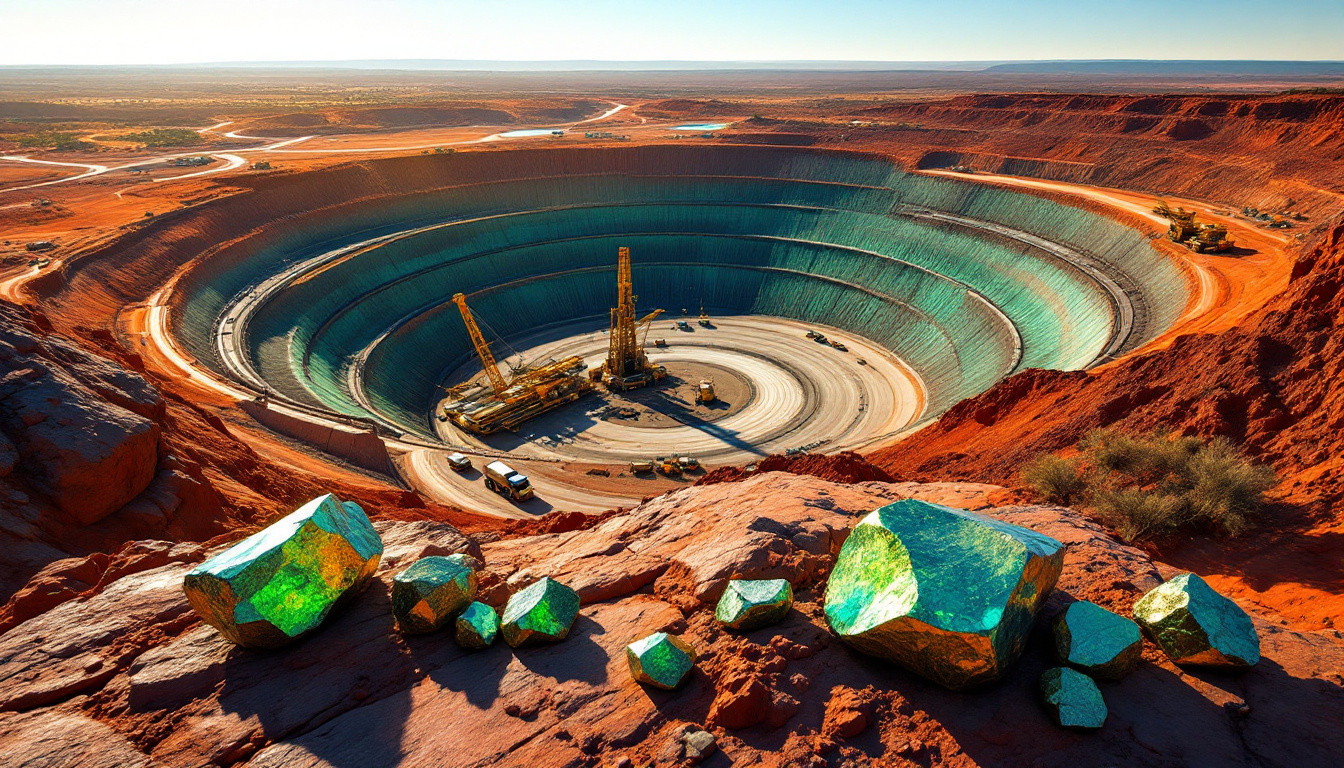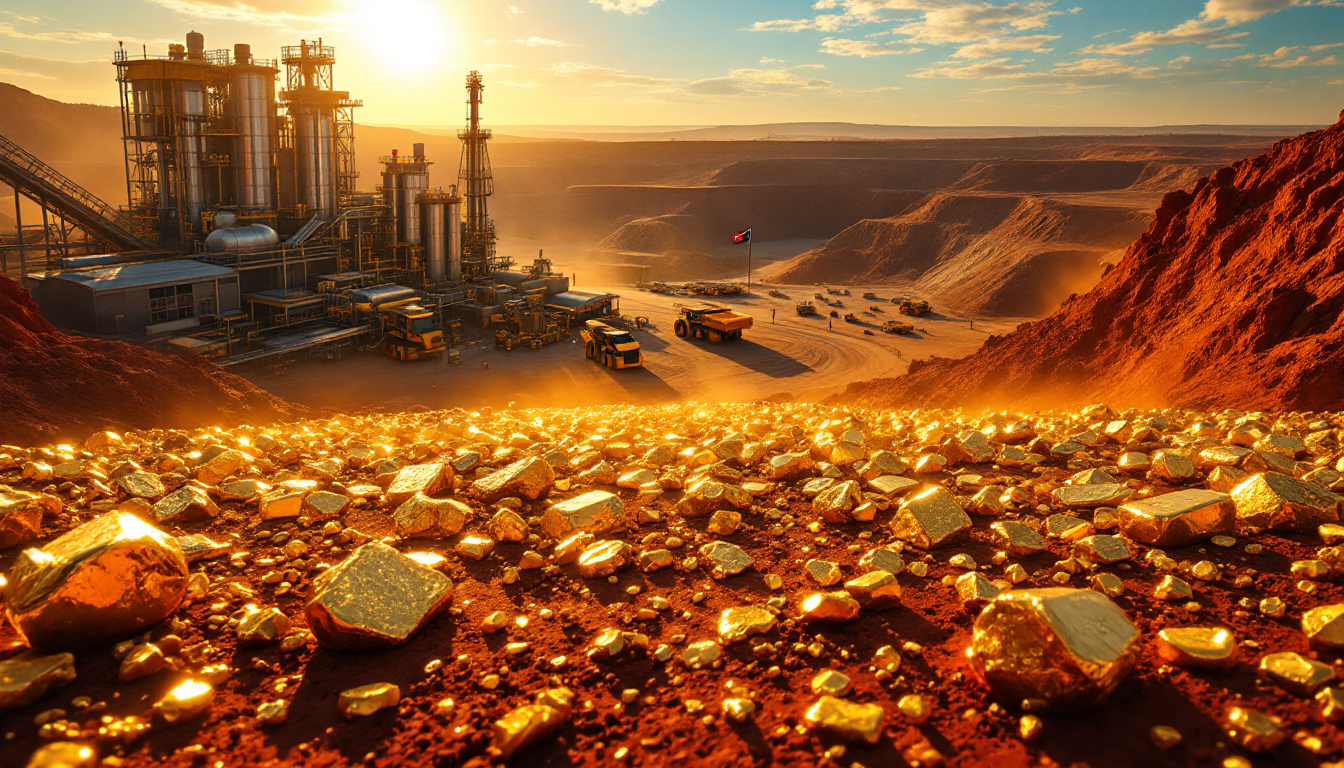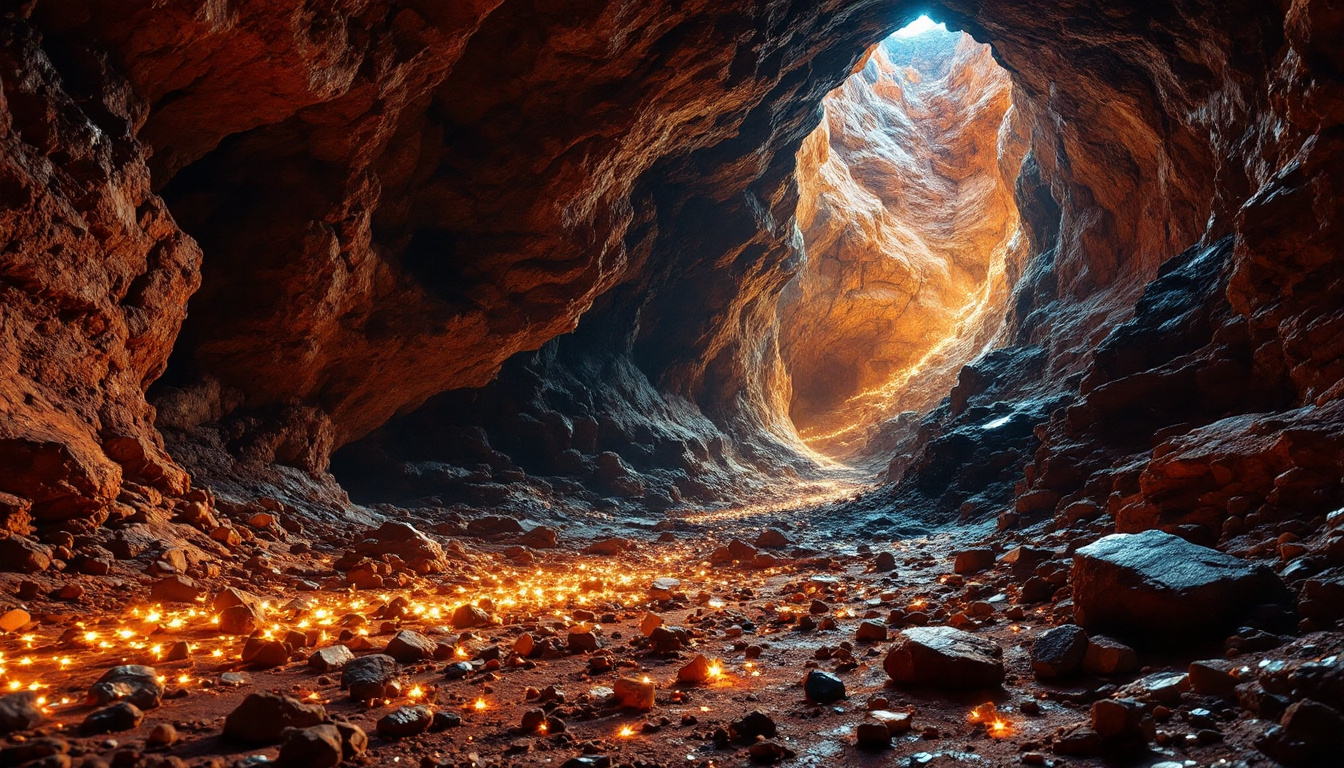Understanding RAG Systems in Mineral Exploration
Artificial Intelligence has revolutionized numerous industries, and mineral exploration is no exception. The mining sector, traditionally reliant on vast amounts of geological data spread across reports and surveys, now has a powerful ally in Retrieval-Augmented Generation (RAG) systems. However, these systems come with specific capabilities and limitations that exploration geologists must understand to leverage them effectively.
What Are AI RAG Systems and Why Are They Important for Mineral Exploration?
RAG systems represent a significant advancement in how mining companies interact with their extensive document repositories. These AI tools combine the linguistic capabilities of large language models (LLMs) with specialized document retrieval mechanisms, creating a powerful system that can search through millions of technical documents and provide contextually relevant information.
The Fundamentals of Retrieval-Augmented Generation (RAG)
RAG systems function as knowledge-enhanced AI assistants that combine large language models with the ability to reference specific documents from a company's internal database or publicly available geological reports. Unlike standard AI systems that rely solely on general training data, RAG models can augment their responses by retrieving and referencing proprietary knowledge specific to geological exploration.
Most mining companies implement RAG using services from providers like OpenAI or Microsoft that enable document uploading and querying. This implementation has processed over 8 million assessment reports in databases like the Northern Territory's STRIKE database, demonstrating the scale at which these systems operate.
Current Implementation Challenges
Despite their promise, many geologists and mining companies report disappointing results from their RAG implementations. Users frequently complain that AI fails to provide clear, direct answers to seemingly simple questions about mineral grades, deposit characteristics, or exploration targets.
As Russell Menezes, CEO of RadiXplore, notes: "The issue isn't the technology—it's how it's being used." This observation gets to the heart of the challenge: the gap between user expectations and how RAG systems actually process information.
How Do RAG Systems Actually Work?
To effectively utilize RAG systems in mineral exploration, it's crucial to understand their actual operation versus how most geologists expect them to work.
The Expected vs. Actual Workflow
How geologists expect RAG to work:
- Identify all documents containing specific data (e.g., tungsten assay values)
- Extract all relevant numerical data
- Perform analysis (like determining the highest grade)
- Return a definitive answer
How RAG actually works:
- Question embedding: Converting the query into a vector representation
- Document embedding: All documents are pre-embedded into vectors
- Similarity search: Finding documents with embeddings closest to the query using cosine similarity metrics
- Context retrieval: Selecting the most relevant documents
- Response generation: Creating an answer based on retrieved text
This 5-step process fundamentally differs from the 3-step workflow geologists often expect, creating a mismatch between expectations and outcomes.
The Technical Limitations
The key limitation of standard RAG systems lies in their inability to perform structured data analysis across multiple documents. When processing geological reports, RAG systems retrieve and reference relevant passages but don't synthesize numerical data.
Most critically, RAG systems cannot automatically extract and compare values (like assay grades) unless explicitly programmed to do so. This limitation becomes apparent when users ask for "the highest grade" or "the best deposit" — questions that require numerical extraction and comparison across multiple documents.
What Questions Should You Avoid Asking RAG Systems?
Understanding RAG's limitations helps geologists formulate more effective queries. Here are the types of questions that typically produce unsatisfying results when using what not to ask AI RAG systems in mineral exploration:
Queries About Numerical Extremes
Avoid: "What is the highest tungsten grade in the Northern Territory?"
Why: RAG systems retrieve documents mentioning high grades but don't extract and compare all values across documents.
Real example: When RadixGPT was tested against the Northern Territory's STRIKE database containing over 8 million documents, it retrieved passages mentioning tungsten grades but couldn't determine which was highest. This fundamental limitation exists despite the system processing massive volumes of data.
"Best" or "Optimal" Queries
Avoid: "What is the best tungsten deposit?"
Why: As Russell Menezes aptly analogizes, asking for the "best deposit" is like asking for the "tastiest pizza" — the system will only return references to what others have written.
Better approach: Focus on geological indicators that suggest potential for high-grade discoveries, such as specific mineralization styles or structural controls.
Queries Requiring Cross-Document Data Synthesis
Avoid: Questions that require comparing data points across multiple documents or extracting structured information from unstructured text.
Why: Standard RAG systems have 0% capability for cross-document synthesis of numerical data unless supplemented with specialized tools.
How Should You Approach RAG Systems for Mineral Exploration?
To maximize the value of RAG implementations, geologists should adapt their query strategies to align with how these systems actually work.
Effective Query Strategies
When interacting with RAG systems for mineral exploration, focus on:
- Retrieving information about geological indicators rather than asking for definitive rankings
- Asking for specific documented observations rather than comparative analyses
- Framing questions to match how information is likely to be expressed in the source documents
For example, instead of asking "What is the highest tungsten grade in the NT?", ask "What tungsten grades have been reported in the Northern Territory?" or "What geological features are associated with high-grade tungsten mineralization in the NT?"
Alternative Approaches for Data-Intensive Questions
For identifying numerical extremes like highest grades, specialized tools that complement RAG systems are needed. AssayFinder by RadiXplore exemplifies this approach, using Natural Language Processing to search for and identify assay grades directly from reports.
This specialized NLP pipeline can extract values even from unstructured or image-based sources, addressing a significant gap in standard RAG capabilities. During testing, AssayFinder successfully identified tungsten assays as high as 3.67% WO₃ in the Northern Territory and extracted a 3.37% WO₃ value from a scanned image of a table.
What Are the Real-World Applications of RAG in Mineral Exploration?
Despite their limitations, RAG systems are finding valuable applications across the mining industry when used appropriately.
Current Industry Implementation
Companies ranging from junior explorers to major mining corporations are implementing RAG systems to enhance their geological knowledge management. Most implementations focus on making internal documents and open file reports searchable, with deployments spanning Australia, the Middle East, and North America.
These systems excel at retrieving relevant geological information from vast document repositories, significantly reducing the time geologists spend searching through reports and enabling more comprehensive literature reviews before field campaigns.
Case Study: RadixGPT and AssayFinder
The contrasting capabilities of RadixGPT (a standard RAG implementation) and AssayFinder (a specialized extraction tool) highlight the importance of choosing the right tool for specific tasks:
-
When asked about the highest tungsten grades in the Northern Territory, RadixGPT demonstrated the limitations of standard RAG approaches by returning relevant passages but no definitive answer.
-
AssayFinder, with its specialized NLP capabilities, successfully identified tungsten assays as high as 3.67% WO₃ in the same dataset and extracted a 3.37% WO₃ value from a scanned image of a table.
This case study demonstrates how complementary tools can address the gaps in standard RAG implementations for specific mining industry needs.
How Can AI Tools Complement RAG Systems?
The future of AI in mineral exploration lies not in standalone RAG systems but in complementary specialized tools working alongside them.
Specialized Tools for Mineral Exploration
Purpose-built tools like AssayFinder can extract specific data types from unstructured documents, addressing the limitations of standard RAG implementations. Similarly, NerdSearch by RadiXplore is designed specifically for geoscientists working with unstructured geological data.
These specialized tools can process vast amounts of documentation and organize both structured and unstructured data efficiently, transforming raw geological reports into actionable insights. In fact, digital twins are increasingly being employed to further enhance these capabilities.
| Tool | Capability | Use Case |
|---|---|---|
| Standard RAG | Text retrieval | Document search |
| AssayFinder | NLP-based value extraction | Assay grade identification |
| NerdSearch | Geoscience-specific search | Unstructured data organization |
The Human-AI Partnership
While AI tools continue to advance, the expertise of human geologists remains essential. As Jun Cowan notes in his analysis, "AI processes documentation, but humans must recognize outliers to decide where the hole gets drilled."
This observation highlights the optimal division of labor: AI excels at processing large volumes of documentation and organizing data, while human expertise remains essential for recognizing the significance of outliers and making final decisions about exploration targets.
FAQs About RAG Systems in Mineral Exploration
What is the difference between a standard AI system and a RAG system?
RAG systems enhance standard AI by incorporating specific knowledge bases, allowing them to reference proprietary documents when generating responses, rather than relying solely on general training data. This capability makes them particularly valuable for mineral exploration companies with extensive proprietary geological data.
Can RAG systems identify new mineral exploration targets?
RAG systems can help identify potential targets by retrieving relevant geological information from existing documents, but they cannot independently recognize novel patterns that would indicate undiscovered deposits. Human expertise remains crucial for interpreting the retrieved information and making exploration decisions, particularly when dealing with uranium mining or other specialized sectors.
How accurate are the responses from RAG systems in mineral exploration?
The accuracy depends on the quality of the underlying documents and how well the query matches the information structure. RAG systems excel at retrieving documented information but may struggle with questions requiring data synthesis across multiple sources, particularly for numerical data like assay grades.
What types of documents work best with RAG systems for mineral exploration?
Technical reports, assessment documents, drilling logs, and geological surveys that contain explicit information work best with RAG systems. Documents with clear, structured information are more effectively processed than highly interpretive or conceptual materials. However, specialized tools like AssayFinder can now extract structured data even from scanned tables and images. Understanding these limitations is critical for informed mining investments.
Best Practices for Implementing RAG in Mineral Exploration
To maximize the value of RAG implementations in mineral exploration, companies should:
- Set realistic expectations about what not to ask AI RAG systems in mineral exploration
- Train geologists on effective query formulation
- Implement complementary specialized tools for data extraction and analysis
- Maintain the crucial partnership between AI tools and human expertise
By understanding both the capabilities and limitations of RAG systems, exploration geologists can leverage these powerful tools to enhance their discovery process while avoiding the frustration of mismatched expectations. As outlined in Michael's guide to making LLMs more useful, RAG systems are most effective when users understand their inner workings and limitations.
Wondering How to Stay Ahead of Major Mineral Discoveries?
Enhance your mining investment strategy by receiving real-time alerts on significant ASX mineral discoveries with Discovery Alert's proprietary Discovery IQ model, which transforms complex geological data into actionable insights. Discover why historic mineral discoveries can generate substantial returns by visiting the Discovery Alert discoveries page and begin your 30-day free trial today.




